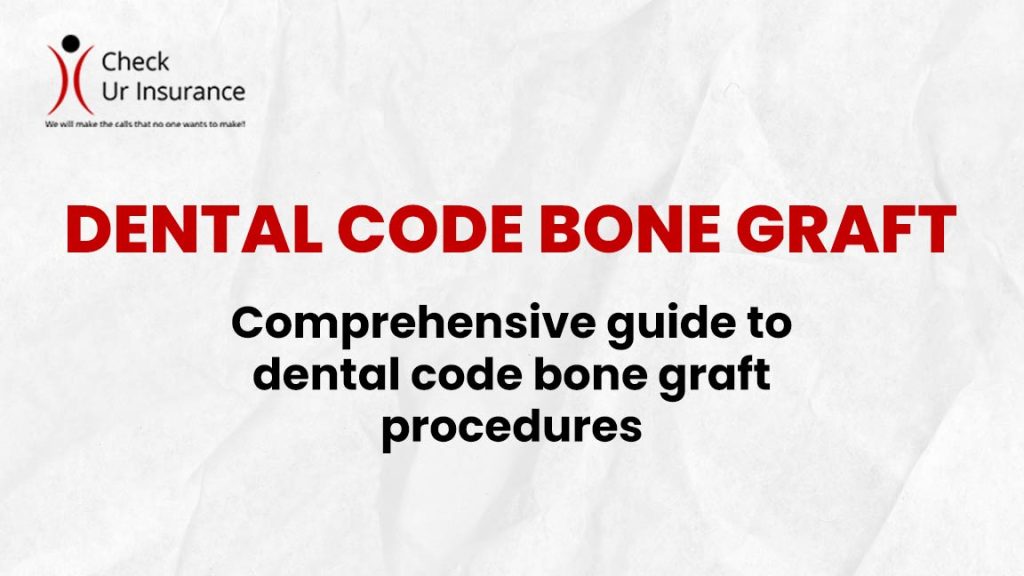Comprehensive Guide to Dental Code Bone Graft Procedures
Welcome to the comprehensive guide on Dental Code Bone Graft procedures, where we unravel the intricacies of D7953 and D4263. In this enlightening exploration, we delve into the significance, procedures, and expert insights surrounding this vital aspect of oral health. Whether you’re navigating bone loss post-tooth extraction or seeking a deeper understanding of dental codes, this article is your key to unlocking the secrets of optimal oral well-being.
Bone Graft Dental Codes
D7953: Bone Replacement Graft for Ridge Preservation
D7953 dental code specifically designated for Bone Replacement Graft for Ridge Preservation. This dental treatment process is crucial for safeguarding bone levels after a tooth extraction, ensuring a stable foundation for future dental work.
D4263: Bone Replacement – First Site in Quadrant
D4263 outlines the procedure for the first site in a quadrant, utilizing osseous autografts, osseous allografts, or nonosseous grafts. This process stimulates bone formation or periodontal regeneration, particularly when the disease process has led to a deformity of the bone.
D4263: Bone Replacement – Each Additional
For each additional site in a quadrant, D4263 is applicable, employing the same techniques of osseous autografts, osseous allografts, or nonosseous grafts to stimulate bone formation or periodontal regeneration in the presence of bone deformities.
FAQs for Dental Code Bone Graft
How Does D7953 Differ from D4263?
D7953 dental code specifically addresses Bone Replacement Graft for Ridge Preservation, focusing on maintaining bone levels post-tooth extraction. In contrast, D4263 covers bone replacement in various sites within a quadrant, addressing bone deformities resulting from disease processes.
Is Bone Grafting Painful?
During the bone grafting procedure, local anesthesia is administered, ensuring minimal discomfort. Post-operatively, mild pain and swelling may occur but can be effectively managed with prescribed medications and proper aftercare.
What Causes Bone Loss in the Mouth?
Bone loss in the mouth can result from various factors, including gum disease, facial trauma, empty spaces after tooth extraction, and developmental issues. Identifying the cause is crucial for determining the appropriate treatment, such as bone grafting.
Can Bone Grafting Support Any Type of Dental Implants?
Yes, bone grafting aims to create a stable foundation for dental implants. Whether for single implants or implant-supported dentures, the procedure enhances bone density to support various dental restoration options.
Is D4263 Suitable for All Bone Deformities?
D4263 is designed to address bone deformities resulting from disease processes. However, the suitability of this code depends on the specific nature and location of the deformity, as assessed by a dental professional.
What is the Recovery Time for Bone Grafting Procedures?
Recovery time for bone grafting procedures varies but generally ranges from six to eight weeks. Individual factors, including overall health and adherence to post-operative care, influence the speed of recovery.
Conclusion
Understanding the intricacies of dental code bone grafting, especially D7953 and D4263, is crucial for individuals seeking optimal oral health. These codes play a pivotal role in addressing bone loss issues and ensuring a strong foundation for dental procedures.
Did you like this article? Read more helpful latest blogs

